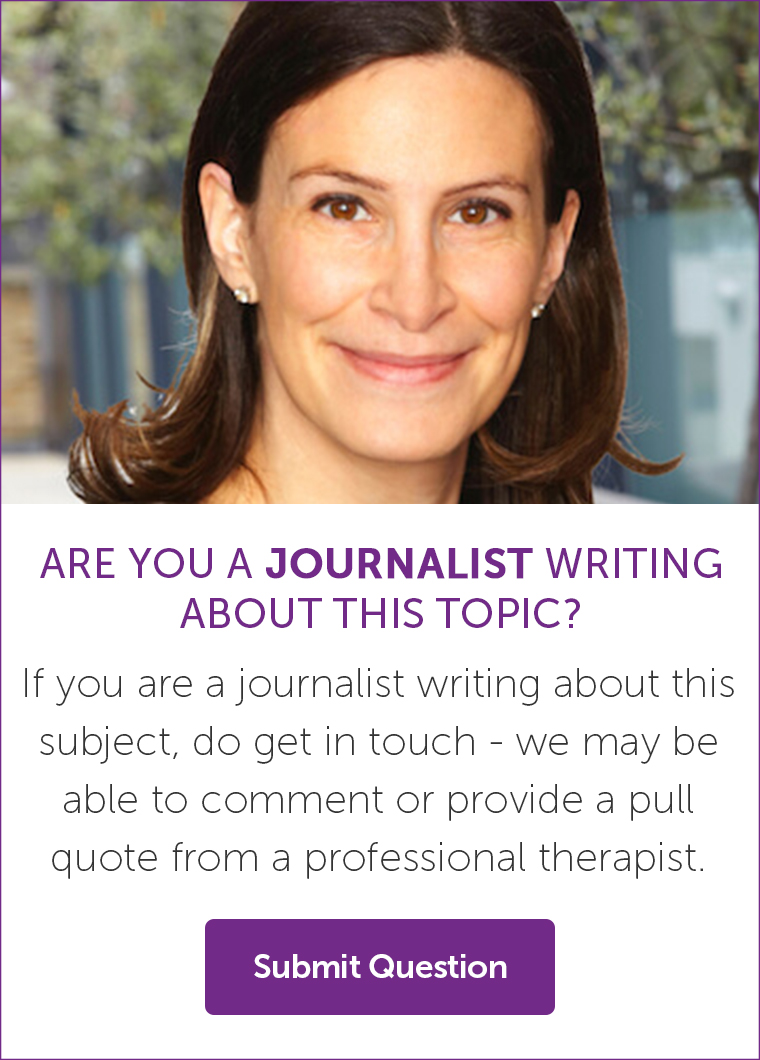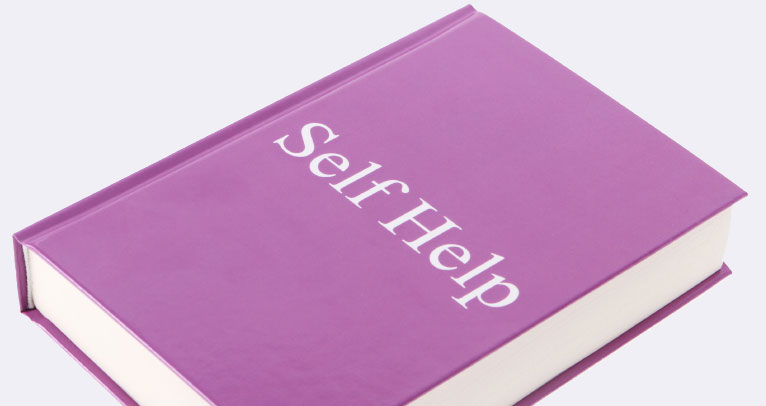Mindfulness: A Guide
What is Mindfulness?
Mindfulness has become a very wide concept, with a growing body of interpretations applied to it that can seem overwhelming.
In psychology, mindfulness simply refers to a set of techniques you can learn with a therapist, group, or even by yourself that help you purposely and without judgement move your attention to the present moment and the thoughts, feelings and experiences you are having right here and now.
'Being mindful' refers to bringing the awareness practicing these techniques gives you to your daily life, trying to be more present in each moment.
The aim of mindfulness is to be more fully available to life as it actually is, instead of what you worry or deem it to be. Worries come from judging what happened (the past) or fearing what will happen (the future), but mindfulness lands you in the present.
Why is Mindfulness considered a Psychological tool?
Mindfulness is now seen as a psychological intervention not just because it is proven to lower stress and improve focus, but because it also works to regulate emotions. It's a practise that first helps you to recognise and accept what you really feel, and then helps you to not become overinvested or run by your emotions. This means it is a helpful tool for managing both anxiety and depression.
Mindfulness does derive from ancient Eastern practices. But it is has been designed for modern life and is now seen as a practical and evidence-based (proven by research) tool for psychological wellbeing.
Read the next section for further benefits of mindfulness and mindfulness meditation for your psychological wellbeing.
The benefits of Mindfulness
Mindfulness has been found in research studies to lead to the following benefits:
- better memory
- increased cognitive abilities
- higher self-awareness
- more compassion for others
- greater ability to self-reflect
- lowered anxiety
Many people also report the following beneficial side effects from practising mindfulness meditation:
- more gratitude for their life
- feeling more connected to others
- more focussed and less distracted
- higher productivity
- less reactive in conflict situations
- more body awareness (better understanding of pain and fatigue)
Who is Mindfulness suitable for?
Anyone. Mindfulness is such a simple and practical tool it is now used in places as diverse as schools, big businesses, prisons, and even in Parliament. And as it isn't a religion, it can work for you regardless of your belief system.
How is Mindfulness different than Meditation?
Mindfulness is often called 'mindfulness meditation' - so how does it differ from meditation?
Meditation is a broad term that covers many traditions, although most if not all forms of meditation derive from ancient Eastern practises. And most also have the same goal – to leave behind the merry-go-round of the mind, move into the present moment, and cultivate inner peace.
Different forms of meditation go about seeking freedom from thought in different ways. One meditation form might involve focussing on energy sweeping through the body, another through repeating a mantra, and still another by putting attention on chakras, purported energy centres of the body.
Mindfulness, too, seeks to loosen the control of addictive and unhelpful thought patterns, and like other forms of mediation it pays attention to the breath and tension in the body.
But mindfulness is intended to be a simpler, more practical, and more accessible tool than many other forms of meditation. Anyone can do mindfulness. It’s not a religion, there is no guru, and there is no intellectual philosophy to take on board. It is simply a tool for cultivating psychological wellbeing. And remember, mindfulness is also evidence-based – proven to improve your mental health and wellbeing via a growing body of scientific research.
How to Do Mindfulness Meditation
The main techniques of mindfulness include paying attention to your body, breath, and thoughts.
Mindfulness tools your therapist might use with you include a body scan where you check in with how your body is feeling, or deep breathing where you breathe into your diaphragm for a few minutes, or even some gentle yoga.
But by far the central tool of mindfulness is 'mindfulness meditation'. This can really be boiled down to "take a seat, relax, drop your gaze or close your eyes, and pay attention to your breath".
In more detail, mindfulness meditation works around the following steps:
1. Put aside the time to practise mindfulness meditation.
Most people who practise mindfulness find it helpful to have a scheduled time for it. Otherwise it’s like going to the gym. Best intentions often don’t get you there.
2. Have a quiet place you can practise in.
It is possible to practise mindfulness anywhere – a crowded bus, even. But it’s always easier, and fairly necessary when first starting out, to have a quiet, undisturbed place to work in (of course if doing mindfulness with a psychotherapist or counsellor, their office can be this place).
3. Set a timer.
It’s not a rule of mindfulness. If you have all the time in the world you can just ‘free’ meditate. But timing your sit means you can relax into your mindfulness practise, knowing that your timer will let you know when to get back to daily life. As for how long to set the timer for, there are no ‘musts’ with mindfulness meditation. Ten minutes is better than none at all. Do what you can, and work up to longer sits.
4. Get comfortable.
The idea is to have an upright posture, with your hands resting on your lap in a way that feels easy for you. While many people do practise mindfulness on a cushion on the floor (you can buy special cushions but any cushion can do, or just the floor works for some) you can also sit in a chair, or lean against a wall. What is important is to be comfortable enough that you don’t feel compelled to move for the duration of your mindfulness, and upright enough you don’t fall asleep.
5. Settle your eyes and yourself.
Check in with your body before you start. You might want to take a few deep breaths, relaxing and noticing where tension is being held in your body and trying to let it go a bit.
Then let your chin relax down a little so your neck is comfortable, and lower your gaze. You can close your eyes, or you can keep them softly open, not focussing on or thinking about what is front of you.
6. Focus on your breath.
Take your attention to your breath. Notice it coming in and out. Some people find it helpful to say in their head, in breath, out breath, to keep themselves focused. Or you can put your attention on a certain part of the breathing process, such as the moment the in breath turns into the out breath, or when the air comes in and out the nostrils. You can also focus on where your breath is in your body, such as the rise and fall of your abdomen. You don’t have to do anything fancy with your breath, such as counting how long each one takes or making your breaths longer than normal. Just breathe and pay attention.
7. Notice your thoughts.
When thoughts arise, don’t fight them or analyse them. Just notice that they are there then let them go, a bit like letting a cloud float off, and again bring your attention back to your breath. Notice the thought, let it go, come back to the breath, repeat.
8. Come out of your mindfulness meditation gently.
After your mindfulness practise has come to an end, it’s nice to check in with yourself. Do you feel more relaxed? You can take deep breaths to re-energise, and slowly move your body from it’s place. Some people like to use this moment at the end to practise a few moments of gratitude, or to have a few thoughts of self-compassion and support.
See how long you can keep your mindful frame of thinking after your practise – why not take it with you? The ultimate aim of mindfulness is, after all, to be present all of the time in life, not just some of the time.
What Psychological issues is Mindfulness recommended for?
Mindfulness is found be helpful for the following psychological issues:
- stress
- anxiety
- addiction
- depression
- attention issues
- negative thinking (rumination)
- somatisation disorders (CFS, fibromyalgia)
- borderline personality disorder
- anger management
- sleep problems
- midlife crisis
- self-esteem
Mindfulness for Depression
Mindfulness is gaining ground as an effective treatment for depression. A large scale, NHS-funded study looked into whether mindfulness meditation could be a replacement for medication following major depression. 400 participants, all of whom had experienced at least three major bouts of depression, were either kept on anti-depressants or offered mindfulness training as part of mindfulness-based cognitive therapy (MBCT). After two years of tracking participants, and it was found that MBCT was at least as effective as medication for preventing a relapse.
Types of Psychotherapy that use Mindfulness
Many psychotherapists and counsellors in the UK are now trained in mindfulness and integrate elements of it into their work with their clients, even if they don’t work under the banner of one of the following mindfulness-focussed types of therapy. If your therapist hasn’t mentioned mindfulness to you and you are interested in trying it in your sessions, it is worth it to ask them, as they might have the training and be happy to bring the tool of mindfulness into their work with you.
Forms of therapy that have mindfulness as a core component include:
Useful Resources for Learning Mindfulness
The Mindfulness Report by the Mental Health Foundation




ASK US A QUESTION

ARE YOU A JOURNALIST WRITING ABOUT THIS TOPIC?
If you are a journalist writing about this subject, do get in touch - we may be able to comment or provide a pull quote from a professional therapist.
Related Articles You Might Find Useful
Mindfulness and Therapy - Is it Really the Match It Is Claimed to Be?
Meditation and Psychotherapy - Do They Work Together?
5 Ways to Make Mindfulness Easier
Mindfulness Meditation And the Brain - Effects That Will Surprise You
Mindfulness Apps to Help You Stay Centred
How to Take a Two-Minute Mindfulness Break
Mindfulness - The Third Wave in Cognitive Therapy
What is Mindfulness Based Cognitive Therapy (MBCT)?
What is Acceptance and Commitment Therapy (ACT)?



